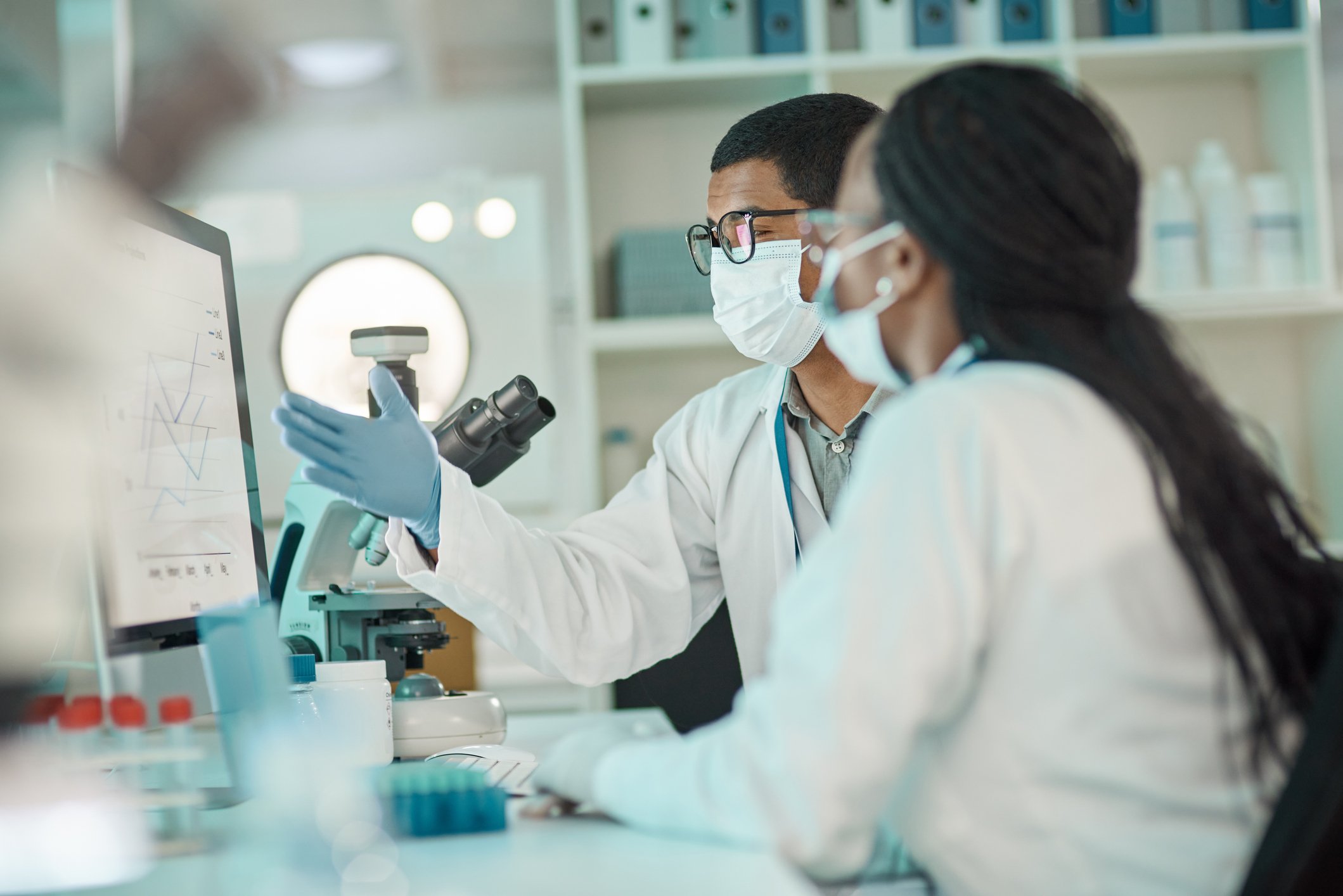
Image source: Getty Images.
bluebird bio (BLUE +0.00%) released earnings last week, as it so often does, without warning or a conference call to discuss the quarter.
Bluebird results: The only number that really matters
|
Metric |
Q3 2016 Actual |
Q4 2015 Actual |
Decrease (9 Months) |
|---|---|---|---|
|
Cash, cash equivalents, and marketable securities |
$727.6 million |
$865.8 million |
$138.2 million |
Data source: Company press release.
What happened with Bluebird this quarter?
- Bluebird gets a little bit of revenue from its collaborations, but the biotech is basically burning cash until it can get a treatment approved, so the cash position is what's most important. Management estimates the company's nest egg is sufficient to fund current operations through 2018.
- The biotech has established a new manufacturing process that results in more copies of the beta-globin gene, which should increase expression and therefore make it more likely that its gene therapy LentiGlobin can cure patients with beta-thalassemia and sickle-cell disease.
- The first trial using the new manufacturing process was started in September. The phase 3 trial in patients with easier-to-treat non-beta-zero genotypes is designed to get Bluebird's LentiGlobin gene therapy approved in the U.S. And Bluebird thinks it has enough data to get approved in Europe before the trial concludes.
- In sickle-cell disease, Bluebird has adjusted the protocol for the ongoing HGB-206 trial to increase the likelihood that the treated cells will engraft into the patient and produce blood cells that don't sickle.
What management had to say
Nick Leschly, Bluebird's chief scientific officer, highlighted the new manufacturing process as a step in the right direction:
In recent months, we have made important advances in our gene therapy transduction and manufacturing processes, translational research and clinical development that will be critical for us to successfully bring LentiGlobin drug product to patients with transfusion-dependent beta-thalassemia and severe sickle cell disease.
Of course, it's going to take a little while to get data from the new manufacturing process. "We look forward to sharing initial clinical data from these improvements in 2017," Leschly said.
Looking forward
Investors will get an update on Bluebird's trials at the American Society of Hematology meeting next month, but those data will come from trials using the old manufacturing process, so they will probably not contain useful information.
In addition to its gene therapy program, Bluebird also has an early-stage immuno-oncology CAR-T program, bb2121. Data from the phase 1 trial in patients with the blood cancer multiple myeloma are expected in the first half of 2017.






